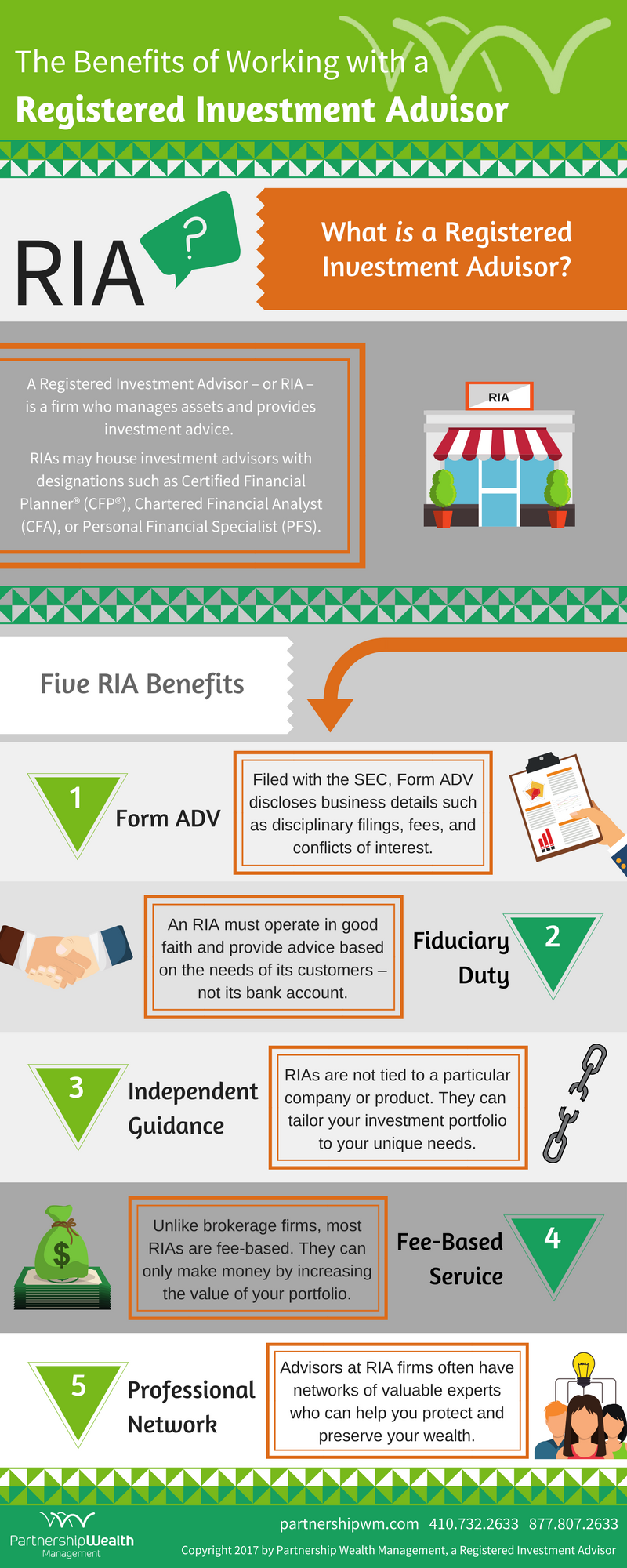Utilize The Potential Of Class Bonds In Property To Expose A Landscape Of Regulatory Adherence And Facilities Responsibilities
Utilize The Potential Of Class Bonds In Property To Expose A Landscape Of Regulatory Adherence And Facilities Responsibilities
Blog Article
Material Create By-Geertsen Joensen
When it involves navigating the complexities of the real estate market, comprehending the ins and outs of neighborhood bonds is vital. From making principal bonds with local policies to satisfying framework commitments, these bonds hold significant value in advancement projects. Yet just what are the complex details behind subdivision bonds and just how do they influence different stakeholders in the realty sector? Let's uncover the fundamentals that can assist you make educated decisions and effectively navigate the realm of neighborhood bonds in realty.
Purpose of Community Bonds
Recognizing the function of class bonds is crucial genuine estate programmers intending to adhere to regional regulations and make sure monetary duty. These bonds work as a type of warranty to neighborhood communities that the required infrastructure renovations will certainly be finished by the programmer.
By uploading a neighborhood bond, you're basically assuring to complete the called for public renovations, such as roads, sidewalks, and energies, within the defined timeframe.
As a developer, protecting a community bond demonstrates your dedication to fulfilling your obligations and protecting the community's interests. https://www.prnewswire.com/news-releases/propeller-announces-credit-based-contract-surety-underwriting-program-up-to-1-million-301610818.html supplies assurance to the local government that the recommended class won't come to be a concern on taxpayers if the project is left incomplete. Additionally, having a neighborhood bond in position can boost your credibility in the sector and construct count on with stakeholders.
Sorts Of Neighborhood Bonds
Differentiate between the various types of class bonds to figure out which ideal fits your project's demands. There are 3 main types of neighborhood bonds frequently used in the real estate industry: Performance bonds, payment bonds, and maintenance bonds.
Performance bonds make sure that the developer finishes the subdivision in accordance with the accepted strategies and laws. If the developer falls short to do so, the bond will cover the expenses to complete the job. Settlement bonds assure that all subcontractors and suppliers are spent for their work with the neighborhood. If the developer defaults on repayments, this bond supplies economic defense to those parties. Maintenance bonds, on the other hand, ensure that the developer keeps the class framework for a given period after completion. This bond covers any repair services or upkeep called for during that time.
Recognizing the distinctions in between these sorts of class bonds is important in selecting the most ideal one for your particular project needs. Each type serves a distinct purpose and supplies various types of security, so it's necessary to assess your project's needs meticulously prior to choosing.
Requirements for Class Bonds
To ensure conformity with guidelines, developers looking for subdivision bonds should fulfill particular requirements set by regulatory authorities. These demands are crucial for the successful issuance of neighborhood bonds. Here are the key standards you require to satisfy:
- ** Financial Security **: You must demonstrate economic stability and the capability to cover the costs associated with the class job.
- ** Experience and Performance History **: Having previous experience in realty development and a positive track record can increase your possibilities of getting approved for a subdivision bond.
- ** Conformity with Zoning Legislations **: Ensuring that your subdivision plans straighten with regional zoning regulations and policies is crucial for bond authorization.
- ** Environmental Effect Evaluation **: In many cases, you might require to carry out an environmental effect assessment to assess the task's impacts on the atmosphere and deal with any problems.
Fulfilling these needs is essential for getting a class bond and moving on with your real estate development job.
Final thought
Now that you understand the value of community bonds in the real estate market, bear in mind that they resemble a safeguard for both designers and communities.
Much like a safety belt maintains a tightrope walker protected, neighborhood bonds guarantee that projects are finished sensibly and in conformity with policies.
By picking the ideal bond and meeting all needs, you can navigate the real estate landscape with self-confidence and satisfaction.
